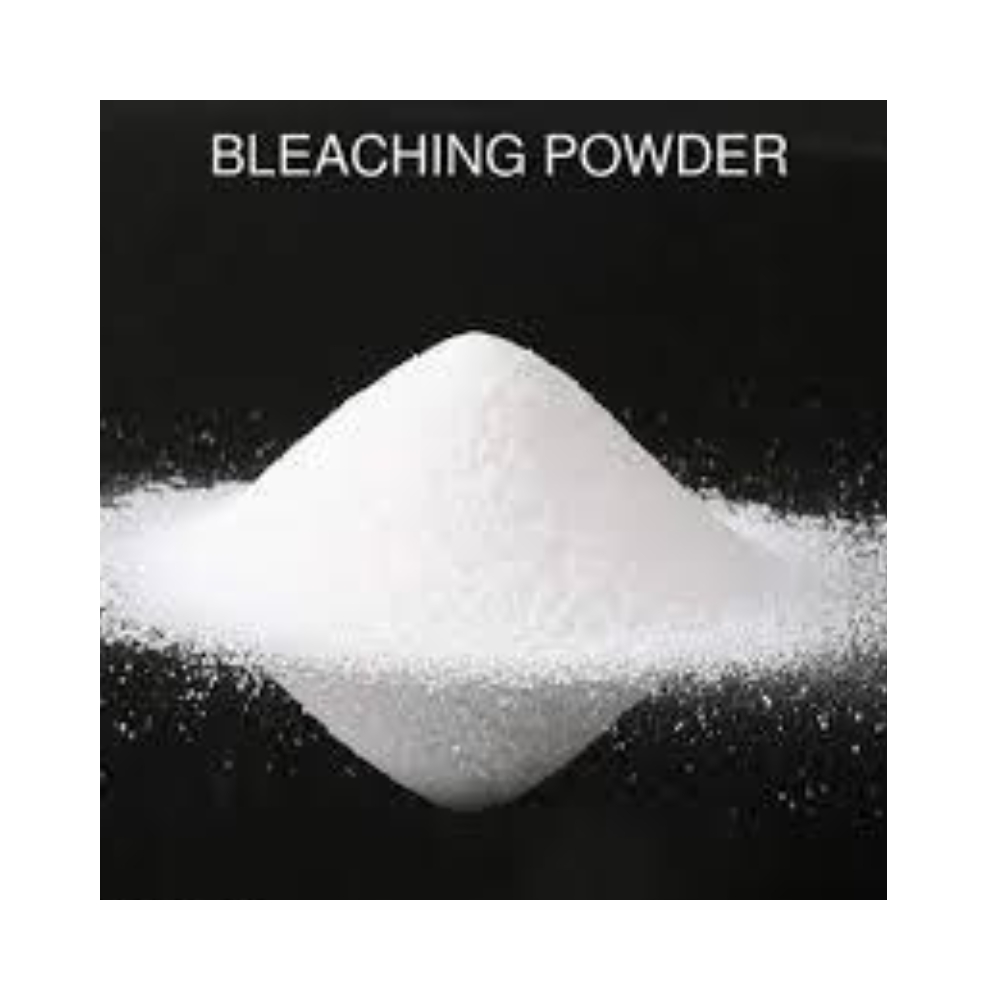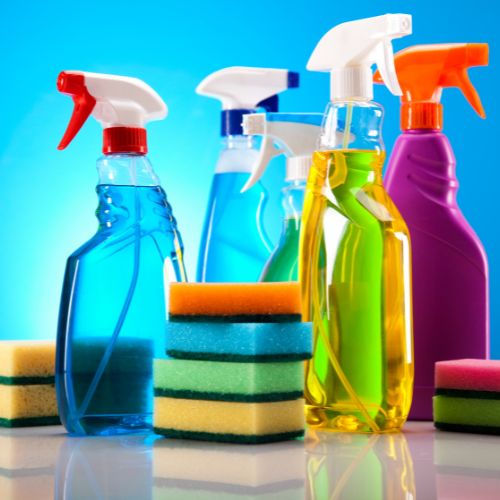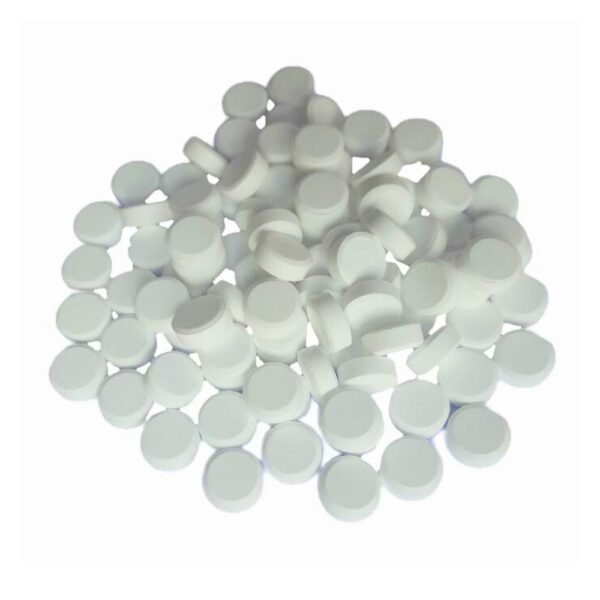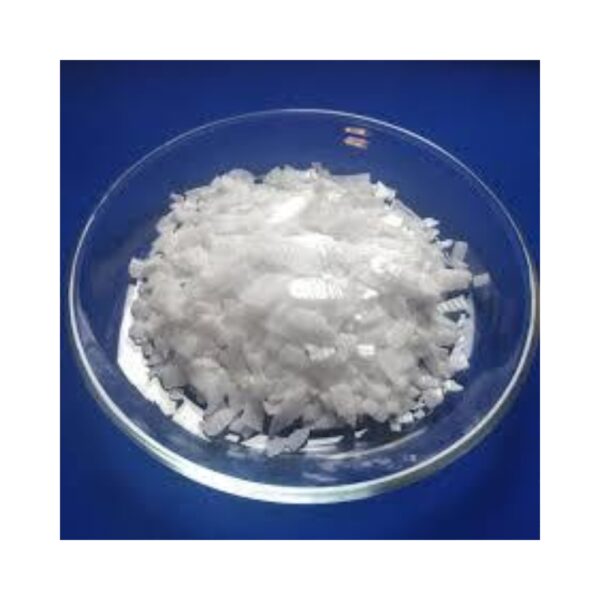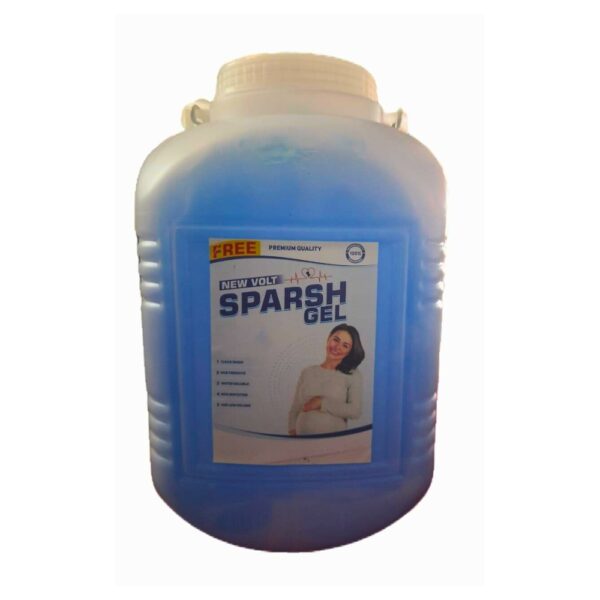Bleaching powder
| Form | Powder |
|---|---|
| Packaging | 25 kg, 50 kg |
| Purity | 99% |
| Shelf Life | 2-3 year |
| GRADE | Technical |
| CAS NO. | 7778-54-3 |
| Chemical formula | Ca(OCl)₂ |
| Odor | |
| Molar mass | 142.98 g·mol−1 |
Bleaching Powder
1. Chemical Definition
- Chemical Name: Calcium Hypochlorite
- Common Name: Bleaching Powder
- Chemical Formula: Ca(OCl)₂ (with impurities like calcium chloride, CaCl₂, and slaked lime, Ca(OH)₂)
- Molecular Weight: Approximately 142.98 g/mol
- Appearance: White to pale yellow powder with a strong chlorine odor.
- Nature: Strong oxidizing agent.
2. Properties
- Solubility: Partially soluble in water, forming a solution that releases chlorine.
- Odor: Pungent chlorine-like smell.
- Stability: Decomposes gradually in air, especially in humid conditions, releasing chlorine gas.
3. Uses of Bleaching Powder
- Water Treatment:
- Used for disinfection and purification of water to kill bacteria and other pathogens.
- Textile Industry:
- Acts as a bleaching agent for cotton and linen fabrics.
- Paper Industry:
- Used for bleaching wood pulp to produce white paper.
- Cleaning and Sanitization:
- Commonly used as a household disinfectant and cleaner, especially in bathrooms and public places.
- Laundry Applications:
- Helps in bleaching clothes and removing stains.
- Chemical Industry:
- Used in the preparation of chloroform and other chemicals.
- Agriculture:
- Used as a fungicide and herbicide for crops.
- Waste Management:
- Applied to disinfect sewage and waste materials to control microbial contamination.
4. Safety and Handling Precautions
Bleaching powder is a hazardous chemical and should be handled with care:
- Health Hazards:
- Skin Contact: Causes irritation, burns, and redness.
- Eye Contact: Can cause severe eye damage and irritation.
- Inhalation: Inhalation of chlorine gas released from bleaching powder can irritate the respiratory system, leading to coughing or shortness of breath.
- Ingestion: Harmful if swallowed; can damage the digestive system.
- Precautions:
- Personal Protective Equipment (PPE): Use gloves, goggles, and a face mask to prevent contact and inhalation.
- Storage: Store in a cool, dry, and well-ventilated area, away from moisture, heat, and flammable materials. Keep containers tightly sealed to prevent chlorine gas release.
- Handling: Avoid contact with acids, as it releases toxic chlorine gas:
Ca(OCl)₂ + 2HCl → CaCl₂ + Cl₂ + H₂O - Spillage: Clean up spills immediately using protective equipment.
- First Aid Measures:
- Skin Contact: Wash thoroughly with water for 15 minutes.
- Eye Contact: Rinse eyes with plenty of water and seek medical attention.
- Inhalation: Move to fresh air; seek medical help if breathing difficulties occur.
- Ingestion: Rinse mouth with water; do not induce vomiting. Get medical assistance immediately.
5. Environmental Concerns
- Releases chlorine gas, which can be harmful to aquatic and terrestrial life.
- Proper disposal is required to avoid environmental contamination.
6. Regulatory Information
- Classified as a hazardous substance under various safety regulations (e.g., OSHA, EU REACH).
- Proper labeling and handling instructions must be followed.
Summary
Bleaching powder is an effective disinfectant and bleaching agent with extensive applications in water treatment, textiles, and sanitation. However, its hazardous nature requires careful handling, storage, and disposal to ensure safety.
Product Description
Bleaching Powder
1. Chemical Definition
- Chemical Name: Calcium Hypochlorite
- Common Name: Bleaching Powder
- Chemical Formula: Ca(OCl)₂ (with impurities like calcium chloride, CaCl₂, and slaked lime, Ca(OH)₂)
- Molecular Weight: Approximately 142.98 g/mol
- Appearance: White to pale yellow powder with a strong chlorine odor.
- Nature: Strong oxidizing agent.
2. Properties
- Solubility: Partially soluble in water, forming a solution that releases chlorine.
- Odor: Pungent chlorine-like smell.
- Stability: Decomposes gradually in air, especially in humid conditions, releasing chlorine gas.
3. Uses of Bleaching Powder
- Water Treatment:
- Used for disinfection and purification of water to kill bacteria and other pathogens.
- Textile Industry:
- Acts as a bleaching agent for cotton and linen fabrics.
- Paper Industry:
- Used for bleaching wood pulp to produce white paper.
- Cleaning and Sanitization:
- Commonly used as a household disinfectant and cleaner, especially in bathrooms and public places.
- Laundry Applications:
- Helps in bleaching clothes and removing stains.
- Chemical Industry:
- Used in the preparation of chloroform and other chemicals.
- Agriculture:
- Used as a fungicide and herbicide for crops.
- Waste Management:
- Applied to disinfect sewage and waste materials to control microbial contamination.
4. Safety and Handling Precautions
Bleaching powder is a hazardous chemical and should be handled with care:
- Health Hazards:
- Skin Contact: Causes irritation, burns, and redness.
- Eye Contact: Can cause severe eye damage and irritation.
- Inhalation: Inhalation of chlorine gas released from bleaching powder can irritate the respiratory system, leading to coughing or shortness of breath.
- Ingestion: Harmful if swallowed; can damage the digestive system.
- Precautions:
- Personal Protective Equipment (PPE): Use gloves, goggles, and a face mask to prevent contact and inhalation.
- Storage: Store in a cool, dry, and well-ventilated area, away from moisture, heat, and flammable materials. Keep containers tightly sealed to prevent chlorine gas release.
- Handling: Avoid contact with acids, as it releases toxic chlorine gas:
Ca(OCl)₂ + 2HCl → CaCl₂ + Cl₂ + H₂O - Spillage: Clean up spills immediately using protective equipment.
- First Aid Measures:
- Skin Contact: Wash thoroughly with water for 15 minutes.
- Eye Contact: Rinse eyes with plenty of water and seek medical attention.
- Inhalation: Move to fresh air; seek medical help if breathing difficulties occur.
- Ingestion: Rinse mouth with water; do not induce vomiting. Get medical assistance immediately.
5. Environmental Concerns
- Releases chlorine gas, which can be harmful to aquatic and terrestrial life.
- Proper disposal is required to avoid environmental contamination.
6. Regulatory Information
- Classified as a hazardous substance under various safety regulations (e.g., OSHA, EU REACH).
- Proper labeling and handling instructions must be followed.
Summary
Bleaching powder is an effective disinfectant and bleaching agent with extensive applications in water treatment, textiles, and sanitation. However, its hazardous nature requires careful handling, storage, and disposal to ensure safety.
Our all products will be ISO, GMP and ZED certified

ISO company certified

GMP company certified


